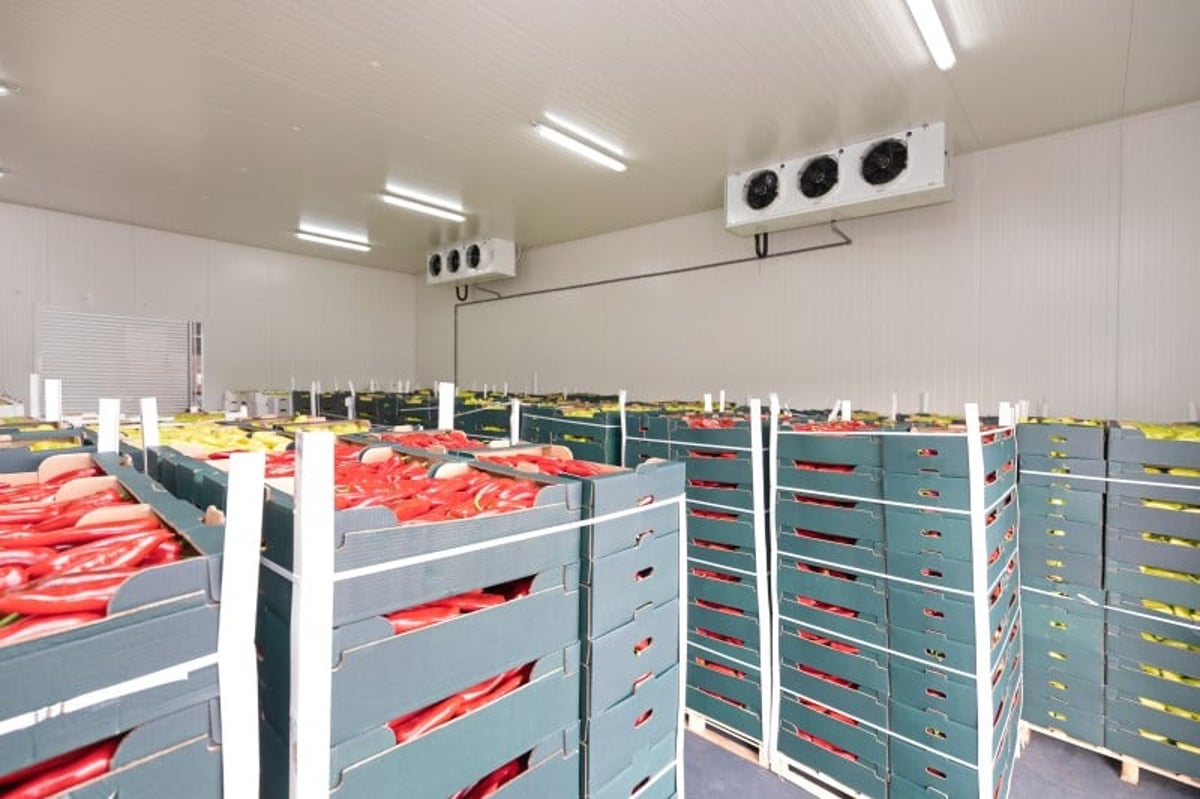What 3PLs Operating Cold Storage Warehouses Need to Know
About 95% of the food produced within the US goes through third party logistics (3PL) warehouses called “cold storage warehouses”. A cold storage warehouse offers temperature control for either perishable food like meat, poultry, or even pharmaceutical drugs that require cold storage temperatures. While they typically use pallet-in/pallet-out workflows, with changing buying behaviors, they can also include ecommerce workflows.
Cold storage warehouses operate in an environment with strict laws from the US Department of Agriculture regulating the handling and temperature storage of food. If there is a contamination, these warehouses are required by law to have the ability to track inventory from its source farm or supplier or risk receiving expensive government fines or even bankruptcy. Cold storage 3PLs call this capability “traceability.”
The rise of COVID-19 has compounded this need for traceability, and some retailers like Walmart or Target require traceability to even do business with a cold storage 3PL. Consequently, cold storage warehouses must have traceability of products in the case of a recall. This article discusses how to overcome the top industry challenges facing cold storage warehouses today.
Challenge #1: Traceability
Typically, cold storage warehouses use the lot number to track the source of inventory by using custom lot naming conventions that indicate the source of inventory. Tracking the expiration date of inventory and temperature of a specific lot freezer is very important to keep inventory fresh and discard or return expired inventory. Some warehouse management systems, like Extensiv 3PL Warehouse Manager, can track lot numbers and expiration dates automatically. The WMS will then notify warehouses and customers when inventory expires, making it unavailable for purchases.
Challenge #2: Measuring Catch Weight
As meat and other temperature-sensitive inventory is processed or changes temperature in the 3PL warehouse, the weight of the inventory changes. Consequently, 3PLs should track the “catch weight” of inbound and outbound shipments. Catch weight is a term in the food industry that means the “approximate weight” for food products that vary in size. 3PLs fulfilling cold storage goods should consider adopting a WMS that allows warehouses to record catch weight.
Challenge #3: Pallet Weight-Based Billing
Cold storage warehouses often drive high utility and maintenance costs for 3PLs, making profitability challenging and raising the importance of accurate and timely customer billing to ensure a steady cash flow. As part of the inventory management process and a critical component of a 3PL’s revenue, many cold storage warehouses bill customers recurring storage fees based on the weight of their pallet. For example, if one pallet weighs 1 to 1000 pounds, there will be a different charge versus a pallet weighing 1000 to 1500 pounds. Cold storage 3PLs can benefit by automating these tiered weight charges to streamline operations. From our 15+ years of experience, we have witnessed 3PLs gain thousands in additional revenue per month by simply automating their cold storage billing processes.
Challenge #4: Manual Inventory Tracking
Based on an item’s required storage characteristics such as specific temperatures or expiration dates, a cold storage warehouse must store said item at a specific location that has the right temperature and attributes to maintain the product’s safety and quality. While difficult to track manually in Excel or with paper-based methods, WMS software can help ensure goods get directed to the correct location that meets the product storage requirements in the warehouse.
The Solution: Robust Warehouse Inventory Management Software
To overcome these cold storage warehousing challenges, consider adopting a robust warehouse inventory software that can provide real-time inventory traceability, flexible weight-based billing, and warehouse automation functionality. Examples of warehouse automation include suggested and directed putaway, where a warehouse management system can suggest a location for incoming inventory based on item attributes like temperature or expiration dates. In addition, warehouse management systems like Extensiv 3PL Warehouse Manager can send staff notifications about expiration dates and put expired inventory on hold automatically. This can save warehouses thousands of hours per month by cutting the manual work out of lot tracking and receiving. To request a demo of user-friendly cold storage warehouse management software, request a demo here.






